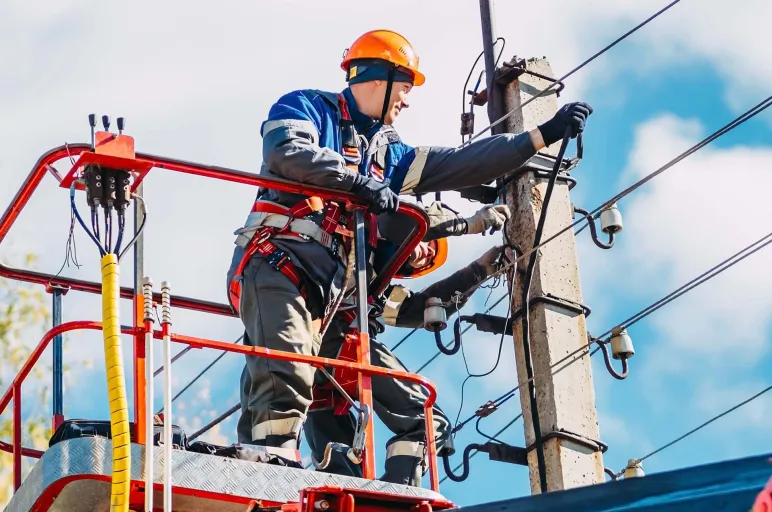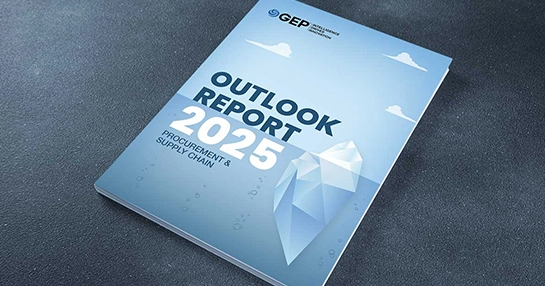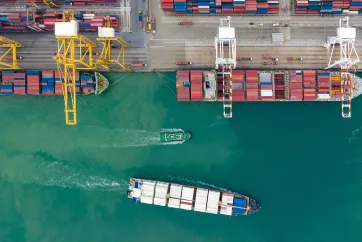
Tariffs, Delays, and Rising Costs: How Utilities Can Secure the Grid
- Electrical imports face tariffs, threatening supply chains and grid reliability.
- Procurement leaders must manage rising costs, delays, and labor shortages.
- Strategic sourcing, stockpiling, and advocacy can mitigate future disruptions.
February 05, 2025 | Procurement Strategy
Electrical machinery and equipment made up 14.6% of total U.S. imports in 2023, amounting to $463 billion —much of it essential for the nation’s power infrastructure. But with new tariffs looming on key suppliers like China, Mexico, and Canada, the energy sector now faces the risk of severe supply chain disruptions.
For procurement leaders in utilities, the stakes are especially high. Critical equipment like transformers, switchgear and cables — already facing lead times of one to four years — could see further price hikes and delays, jeopardizing capital projects and grid reliability.
So how can utility leaders navigate these challenges and future-proof their organizations?
This blog explores the key risks posed by shifting trade policies and outlines actionable strategies to mitigate supply chain volatility, control costs, and maintain grid reliability.
The Tariff and Policy Turbulence
Proposed trade policies in 2025 include a 25% tariff on imports from Mexico and Canada and an additional 10% tariff on China. These come on top of existing Section 301 tariffs, which already impose 7.5% to 25% duties on Chinese electrical components like transformers and semiconductors.
For the transmission and distribution (T&D) sector, the impact is twofold:
Higher costs:
Price surges for key electrical components will stretch capital budgets and financial forecasts.
Longer lead times:
Supply chain bottlenecks, compounded by increased port inspections and paperwork, will make sourcing even slower.
The Hidden Labor Crisis
The issue goes beyond tariffs. Proposed immigration restrictions could shrink the workforce in construction and manufacturing, where 30% of workers are immigrants. This could lead to a shortage of skilled labor for high-voltage equipment manufacturing and grid construction and project delays due to workforce constraints.
The irony? Just when demand for energy infrastructure is skyrocketing, policies could make it even harder to build it.
How Utilities Can Navigate the Shifts
With supply chains under stress, procurement leaders need strategic resilience. Here are key steps to mitigate risks:
1. Assess and Map Exposure
Understanding the tariff impact on procurement budgets is the first step.
Use this formula:
Spend on materials ($USD) × (1 + tariff % by country) = Total potential cost increase
Prioritize high-risk categories like transformers, steel poles, and switchgear—where dependencies on tariffed imports are highest.
2. Strengthen Supplier Collaboration
Engage key suppliers to identify alternative sources in non-tariffed regions (e.g., South Korea, Vietnam, Japan), develop risk-sharing agreements for price stabilization and monitor lead times to adjust procurement schedules.
3. Secure Stockpiles for Critical Components
Procurement teams should build strategic stockpiles of long-lead-time items while maintaining just-in-time inventory for less vulnerable components.
4. Lock in Contracts with Contingency Buffers
Tariff fluctuations and labor shortages may trigger change orders in EPC contracts. Mitigate risks by building cost contingency clauses to absorb price hikes and negotiating flexible labor provisions to handle workforce shifts.
5. Push for Policy Adjustments
Utilities should advocate for tariff exemptions on critical energy infrastructure materials. Engaging regulators early can help secure necessary cost recoveries.
Looking Ahead: The Future of Utility Procurement
The coming years will demand a proactive supply chain approach. Utility procurement leaders must:
- Diversify supply sources beyond traditional partners
- Invest in localization to reduce foreign dependencies
- Leverage AI-driven procurement strategies to predict and mitigate risks
With tariff uncertainty, labor constraints, and supply chain volatility on the horizon, the energy sector can’t afford to wait and see.
The time to act is now—because when the grid is on the line, kicking the can down the road just isn’t an option.
For more, download our whitepaper Transmission & Distribution Equipment: How to Navigate Tariff and Policy Shifts



